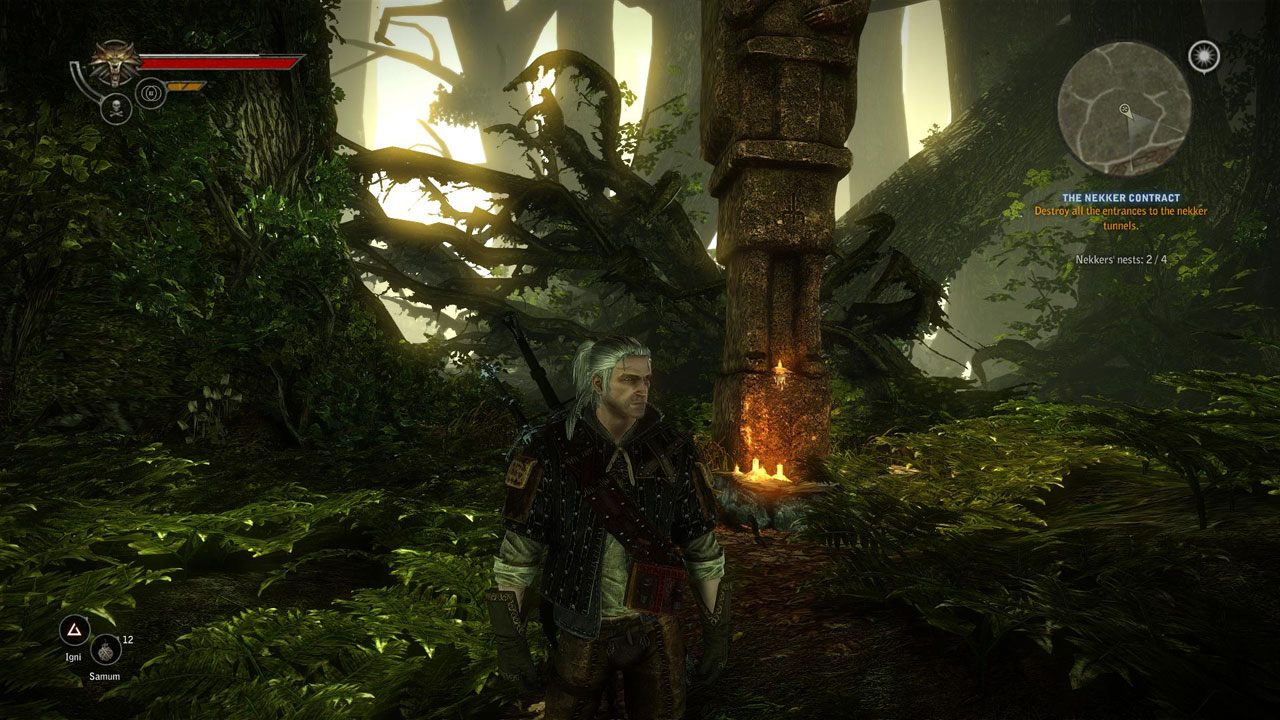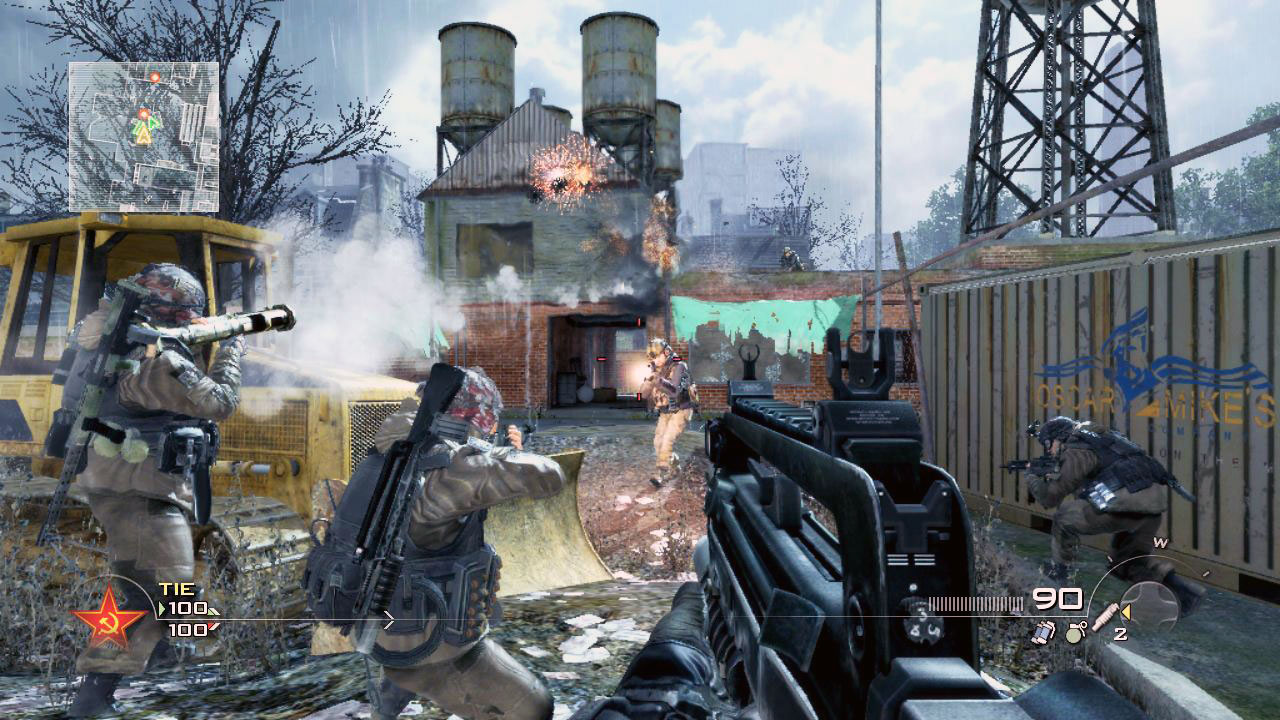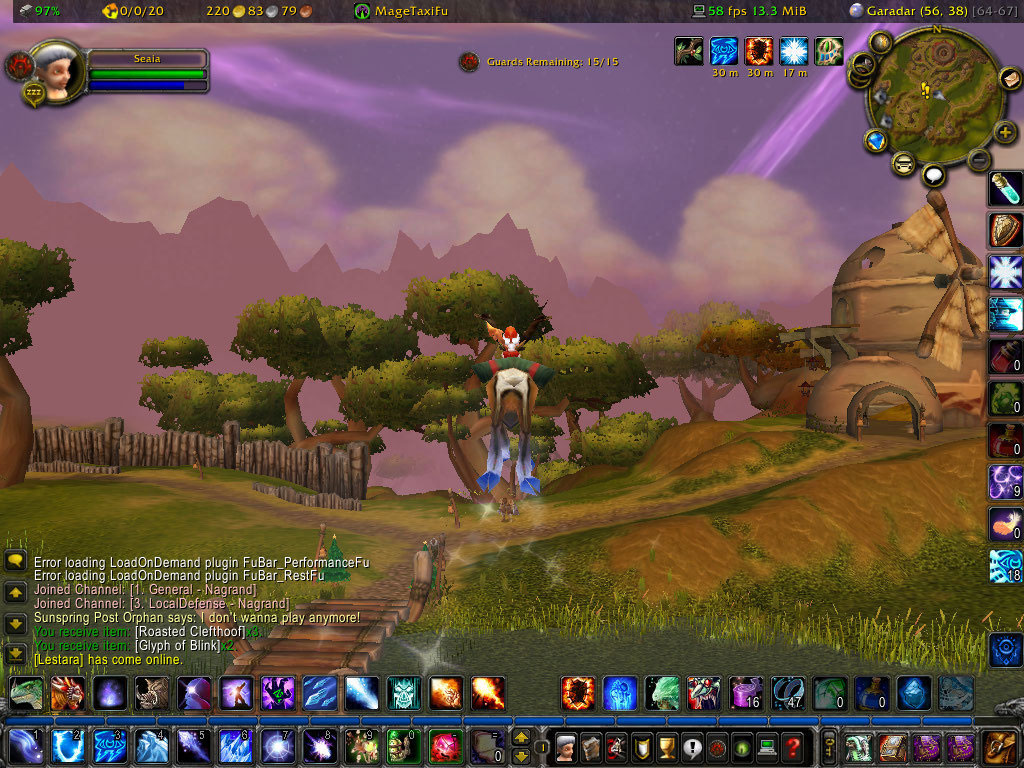Trending
Opinion: How will Project 2025 impact game developers?
The Heritage Foundation's manifesto for the possible next administration could do great harm to many, including large portions of the game development community.

Featured Blog | This community-written post highlights the best of what the game industry has to offer. Read more like it on the Game Developer Blogs or learn how to Submit Your Own Blog Post
A quick look at the pros and cons of rotating and static minimaps.

Not too long ago I praised The Witcher for a plethora of things it did really well. The sequel's not bad either, but its minimap is absolutely horrible. The main problem is that it rotates with the camera, and the lack of compass directions only exasperates the issue.

minimap_witcher
Rotating minimaps are great for following a linear path, which is why GPS devices use this design. The user hardly ever needs to worry about whether they're driving South or South-East, but they need to accurately follow the generated route. Consequently, it's a lot easier if the path is always facing the same direction as the car, i.e., if the arrow on the screen is pointing right, they need to make a right hand turn.
However, if the map doesn't rotate, then driving South with an arrow pointing right actually means making a left-hand turn. To avoid this confusion and unnecessary work with mentally rotating the map, the view of GPS devices is synched to match that of the car.

minimap_call_of_duty_modern_warfare
FPS titles also tend to benefit from rotating minimaps. Their levels are often small or just linear, and it's very helpful for the player to be synced with the minimap view. The reason for this is that split-second decisions often need to be made based on the immediate surroundings.
For example, if the player is following a team-mate turning right but there's an enemy hiding just around the left corner, it's beneficial to instantly know which direction to face in order to counter the ambush. Since FPS games also inherently don't possess a floating camera, it's that much more advantageous to be aware of what's lurking beyond the player's view as there's no other way to peek around the scenery.
Static minimaps, on the other hand, are much more suitable for games with large areas that need to be traversed multiple times.

minimap_world_of_warcarft
In these titles, it's important to familiarize oneself with the layout of the land in order to travel through it efficiently. Goals are often described with compass directions in mind, and landmarks are used to aid in the building of a mental map for the overall area.
If the minimap constantly swings around, not only does it keep changing the direction north is pointing, but it also forces the player to digest a radically different topography each time they glance at the minimap. A static view is superior to this as it facilitates the parsing and memorization of an area's layout. This in turn allows the player plot their own paths and comfortably maneauver through the game's environments.
Of course some players are only used to one approach or the other, in which case why not simply include both options?
Radek Koncewicz is the CEO and creative lead of Incubator Games, and also runs the game design blog Significant-Bits.
Read more about:
Featured BlogsYou May Also Like